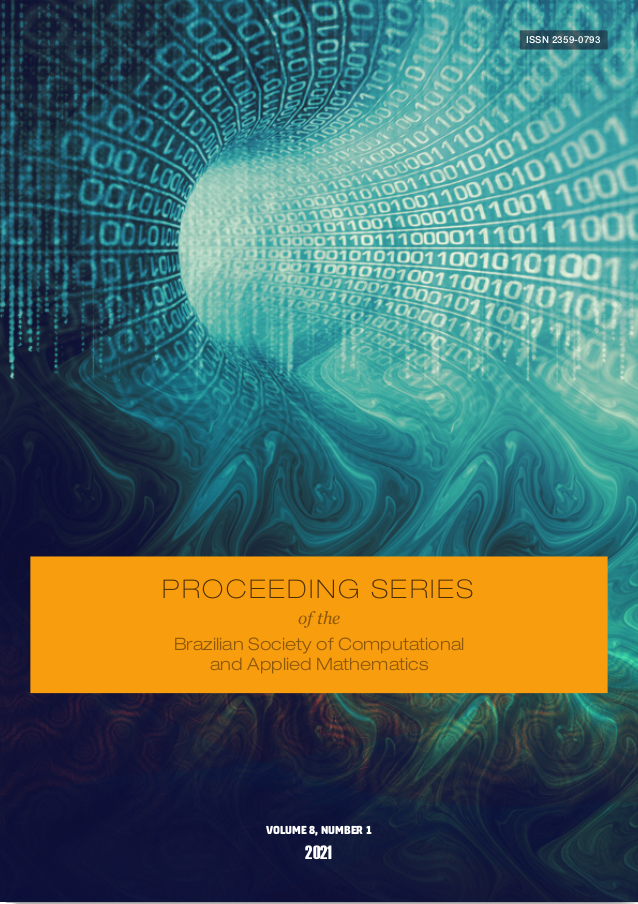Distinction index between distributions to classifymeteorological events
Abstract
The South Atlantic Convergence Zone (SACZ) is a meteorological phenomenon that influencesdirectly the rainy season of the Subtropical zone of South America [3]. The SACZ is characterizedby an intense convergence zone oriented northwest-southeast which occurs more frequently betweenNovember and March [4]. Due to its stationarity, some SACZ is related to extreme rainfall episodesthat are followed by landslides and floods, as it occurred in the Mountain Region of Rio de Janeiroin 2011. This landslide case caused the death of 905 people, 345 missing and 34.600 homeless [2]. [...]Downloads
References
Ambrizzi, T. and Ferraz, S. E. T. An objective criterion for determining the SouthAtlantic Convergence Zone,Frontiers in Environmental Science, 3:1-9, 2015. DOI:10.3389/fenvs.2015.00023.
Busch, A. and Amorim, S. A trag ́edia da regi ̃ao serrana do Rio de Janeiro em 2011: procurandorespostas,ENAP Casoteca de Gest ̃ao P ́ublica, 3:1-20, 2011. DOI: to appear.
Nogles-Paegle, J. and Mo, K. Alternating Wet and Dry Conditions over South Amer-ica during Summer,Monthly Weather Review, 125:279-291, 1997. DOI: 10.1175/1520-0493(1997)125¡0279:AWADCO¿2.0.CO;2.
Quadro, M. F. L. Estudo de epis ́odios de Zona de Convergˆencia do Atlˆantico Sul (ZCAS)sobre a Am ́erica do Sul, Master Thesis, Instituto Nacional de Pesquisas Espaciais, 1994.
Rosa, E. B. et al. Automated Detection Algorithm for SACZ, Oceanic SACZ, andTheir Climatological Features,Frontiers in Environmental Science, 8:1-15, 2020. DOI:10.3389/fenvs.2020.000188.
Saha, S. et al. The NCEP Climate Forecast System Version 2,Journal of Climate,27:2185–2208, 2014. DOI: 10.1175/JCLI-D-12-00823.1.

